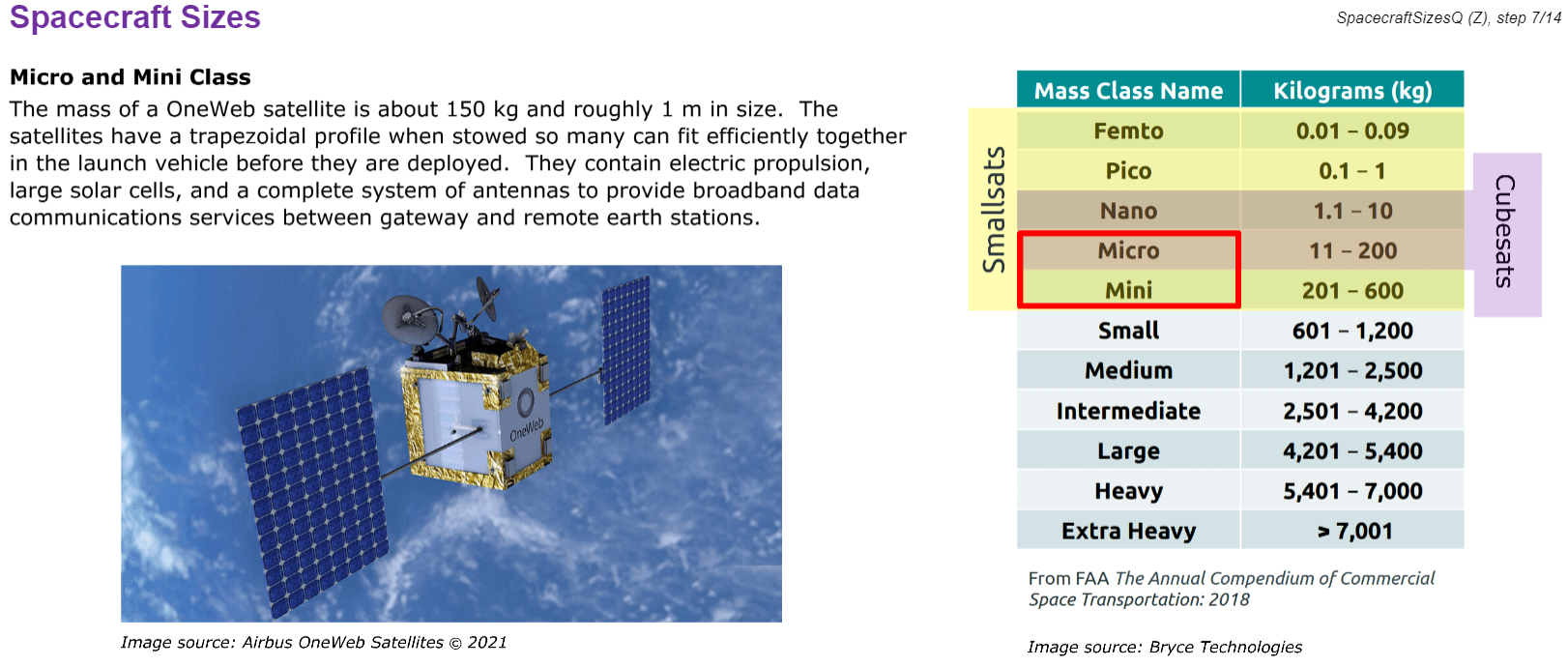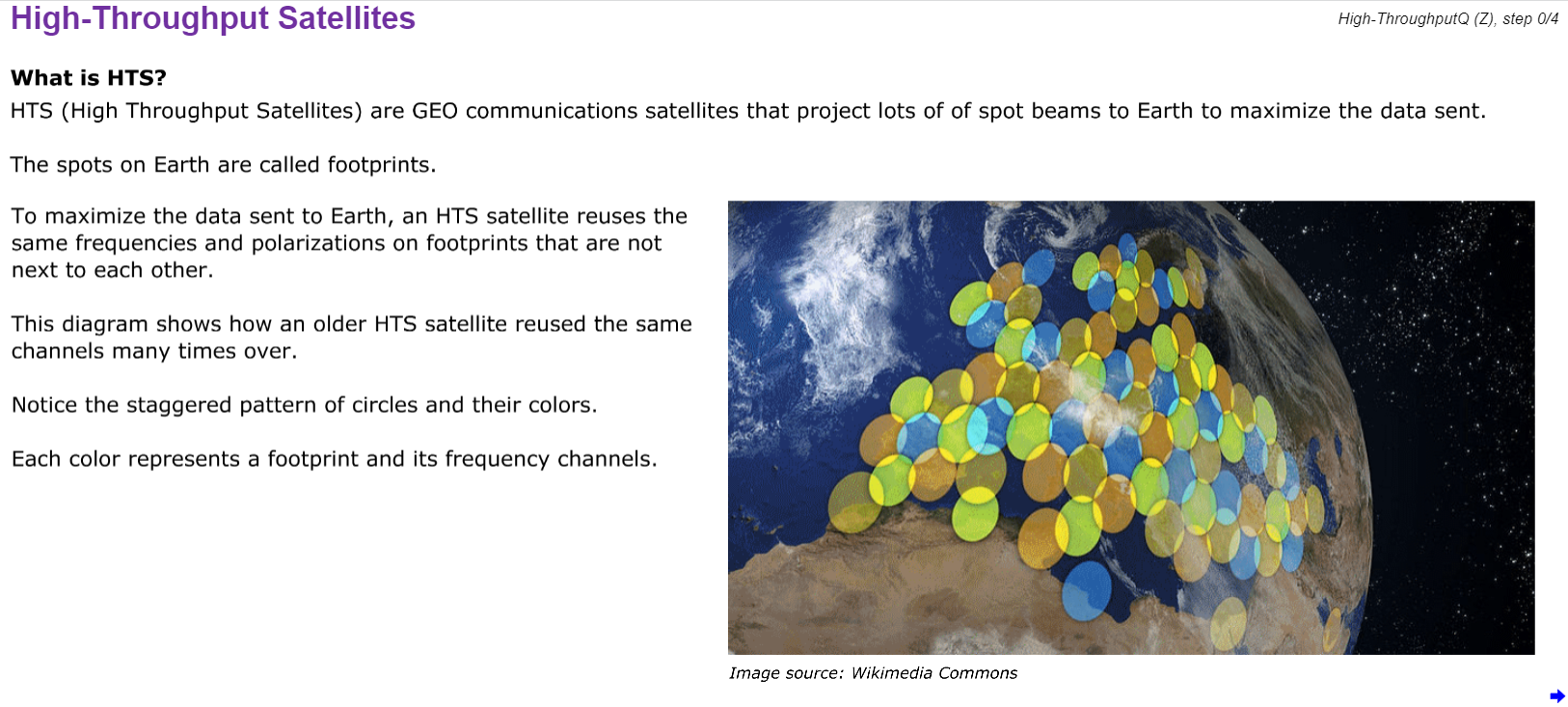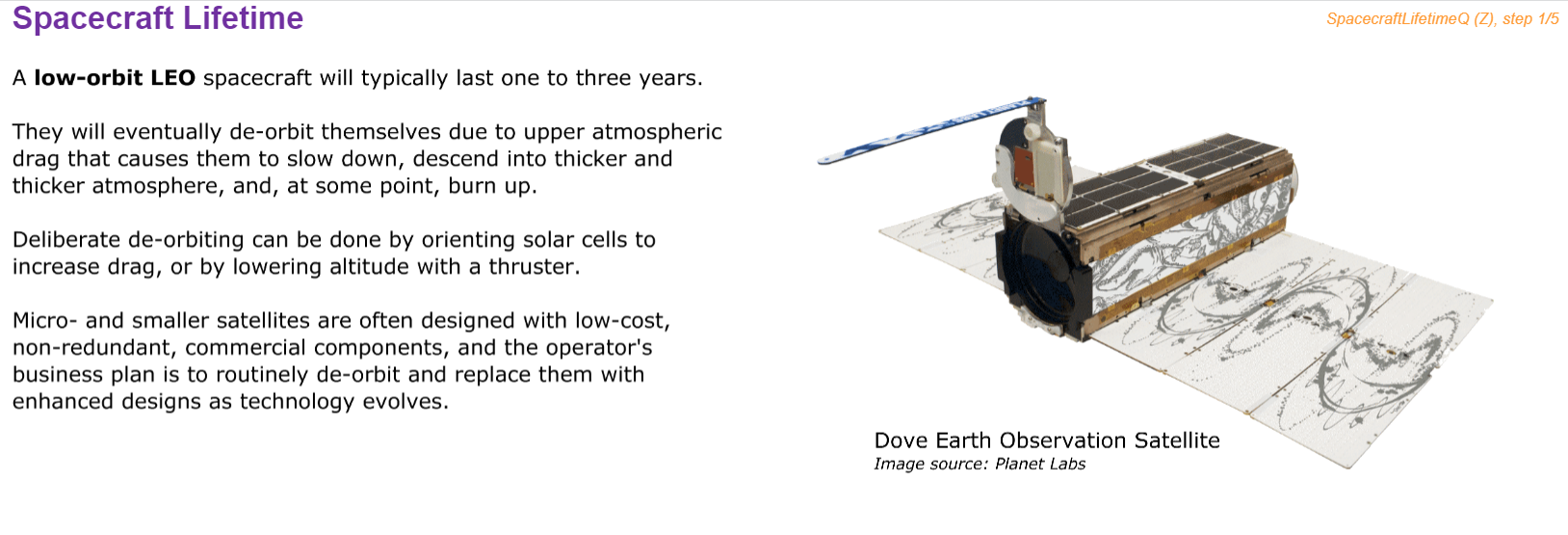Summary
-
Gain an understanding what goes into a spacecraft and its impact on cost, size, and weight.
Description
All space businesses are based on spacecraft, whether the business is communications, earth observation, exploration, navigation, or science. Understanding what goes into a spacecraft as a function of its application, and understanding the impact on cost, size, and weight (which drives launch cost) is a critical part of planning and managing a space business.
Lessons
6 lessons
- Introduction. How to pass. The space environment is tough! How the space environment impacts business. Returning from space is not trivial, either.
- Spacecraft Buses. Buses host payloads. Spacecraft range from tiny to huge. What are smallsats and cubesats? Components you need to buy or build for your spacecraft.
- Payloads. What’s in the payload of a conventional geostationary communications satellites. High Throughput Satellites (HTS). Smallsats for communications. Earth observation payload examples. Synthetic Aperture Radar (SAR) payloads. Navigation payloads.
- Spacecraft. Examples of spacecraft other than satellites. Orbitfab Tanker. NG Mission Extension Vehicle. SpaceX Dragon. Mars 202 rover and helicopter.
- Lifetimes. How long can spacecraft last in space, and what limits its life? GEO stationkeeping needs fuel. What is inclined operation and why does it save money? How long will my investment in MEO and GEO satellites keep returning revenue? Why do LEO satellites have such short lives - and is that a good thing? How long do deep space probes last? How about the ISS? What happens at the end of a spacecraft’s life? Is it important to dispose of them, or can we just abandon them?
- Manufacturing Spacecraft. What is a traditional high bay assembly environment? Mass production of MEO and LEO satellites. Making cubesats.


